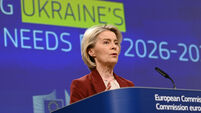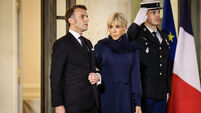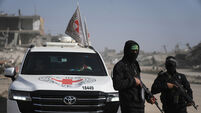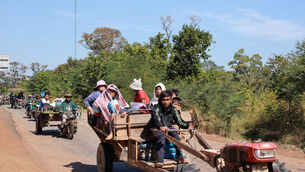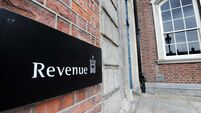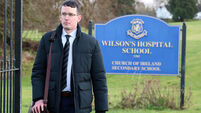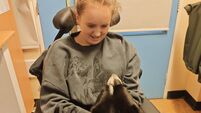Car bomber kills 125 in Iraq massacre
Torn limbs, feet and other body parts littered the street outside the clinic, where the recruits had been queuing for medicals, in Hillah, 60 miles south of Baghdad.
Health officials said the death toll could rise.







